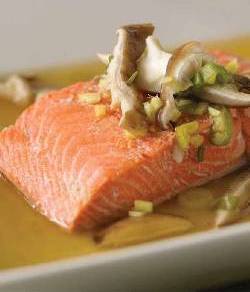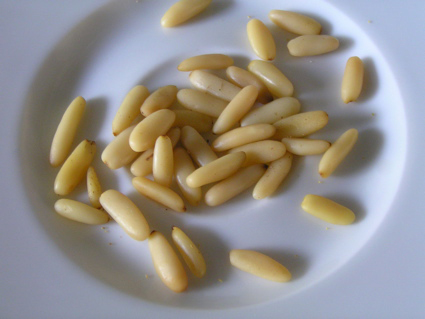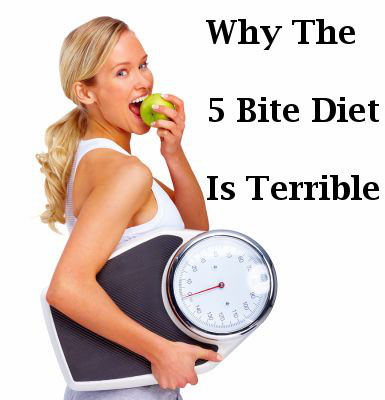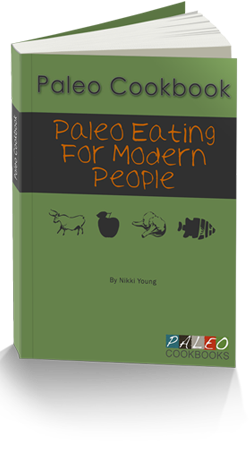The history of the Paleo Diet is also referred to as the Paleolithic Diet or Caveman Diet. This concept of eating natural, raw food is not new when it comes to diet books. Back in the 1970’s this theory was discussed by Walter Voegtlin in his book, The Stone Age Diet. His idea was similar to the popular Atkins diet of that time period.
This caveman theory was based on the fact that people were hunters and simply ate what they found in the wild. This included meats, fruits and vegetables. Animals were not domesticated at that time and so there was no milk, butter and cheese available. Only natural foods in their raw state, this is the basis of the Paleo Diet today.
The Paleo or Caveman concept was overshadowed by popular diets such as the South Beach Diet, Jenny Craig, Weight Watchers and other dieting methods.
The History of the Paleo Diet
The modern history of the Paleo diet began in 2005 with a new book published by Loren Cordain’s The Paleo Diet for Athletes: A Nutritional Formula for Peak Athletic Performance. This book caught the attention of many professional athletes who began to follow the methods described. They began publicly endorsing the concepts and the Paleo Diet came to the forefront of the diet revolution.
Today the Paleo Diet is based upon what we assume cavemen ate. This is based solely upon research done by scientists. Cavemen ate any animal which they could hunt and they foraged for fruits and vegetables. These three things became the staples of their diet.
If you do any research on the Paleo diet you will find that there are different versions available. Some versions state that you must only eat grass fed animals while other versions allow you to have dairy products. One thing that you must take into account is that our farming methods have evolved over the centuries.
Humans raise their animals to be eaten not to be hunted. They are fed chemicals and nutrients to improve the quality of the meat. Milk and other foods are pasteurized so they stay fresh longer. So it can be difficult to truly eat a Paleo Diet.
However you can eat on the notion of the Paleo Diet and include whatever foods you are comfortable eating. If you want to include milk and cheese do so, but remember that they contain fat and are high in calories.
Foods that might have been available to cavemen were potatoes, hard grains and certain legumes. The reason why these foods were not eaten was because they did not know how to cook them. Most of these foods are inedible in their raw state and so were never used.
As cavemen evolved it can be assumed that these foods were added to their diet. The problem with eating foods like potatoes and grains is that they are not a food that man is accustomed to eating. In fact grains can be linked to a whole slew of health issues including digestive problems. Scientists have shown that whole grains are extremely difficult to digest and many people have sensitivities to this food group.
Looking back over history and watching how diets changed, the introduction of not just potatoes and grains, but sugars and oils have caused major health problems. As these foods became available more instances of medical concerns were seen. People began to become over, they started having heart attacks and strokes. Even cancer could possibly be linked to the introduction of unnatural foods into our diets.
Another consideration is that cavemen would eat different foods depending upon where in the world they lived. Certain fruits and vegetables would only be available in certain areas. So knowing exclusively what you should and should not eat on the Paleo Diet can be a little challenging.
So What Should You Eat on the Paleo Diet?
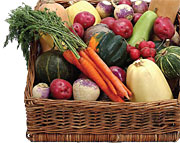
How strictly you follow the Paleo Diet concept is up to you. It would be best to choose as many natural and organic raw foods as possible. If you want to add foods like potatoes and milk then do so carefully. These foods tend to have lots of carbohydrates and calories in them. It may be best to lose first and then slowly incorporate them back into your diet.
Health wise you can’t go wrong with eating lots of fresh fruits and vegetables along with lean protein choices. You should see and feel improvements in your health very quickly.
There are many Paleo Diet books and resources available so choose one that fits into your way of thinking and stick with it. Remember if it works and you are comfortable with it then use it. You can see from the the history of the Paleo Diet that these ideas are not new but are very natural
